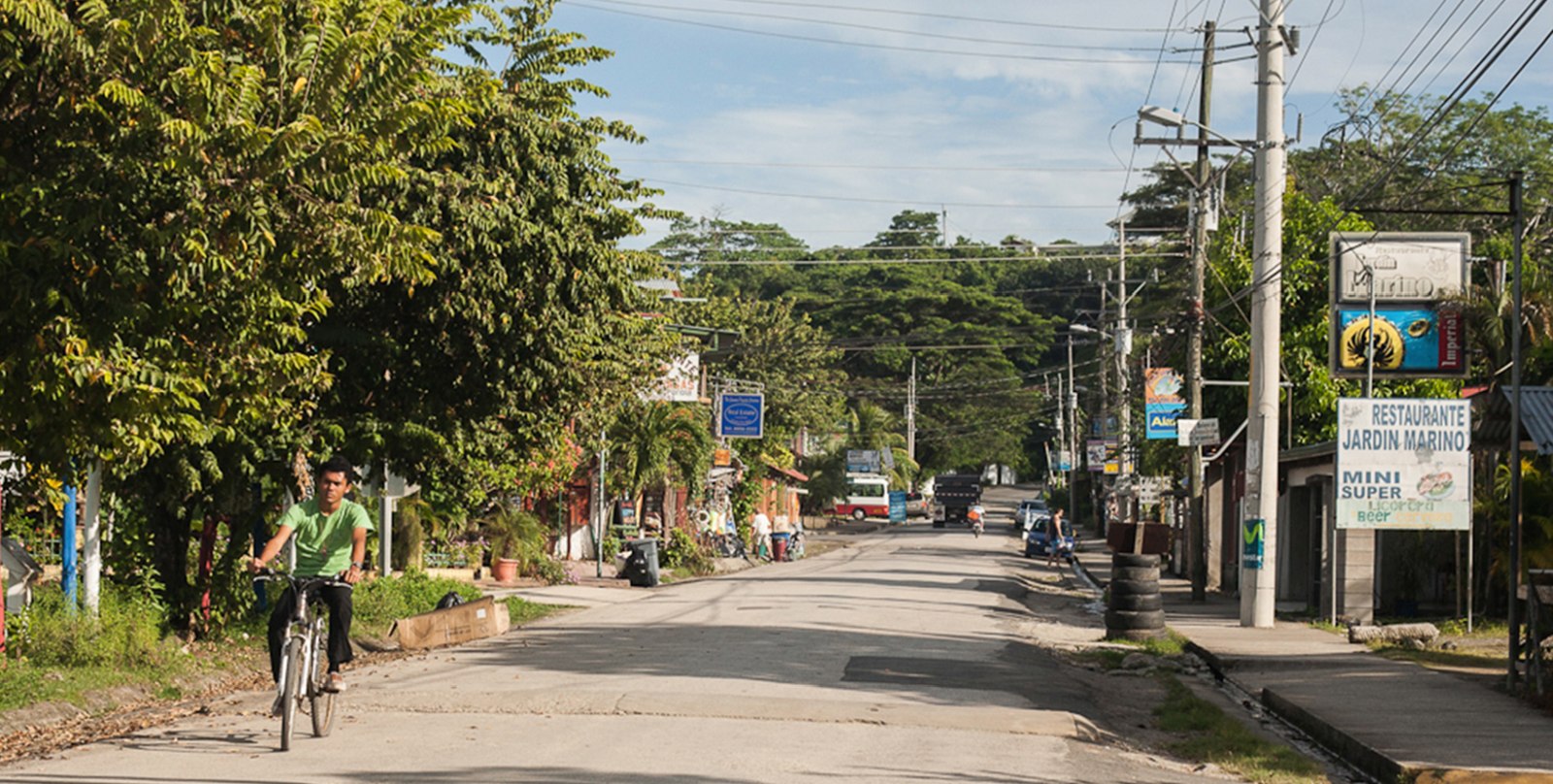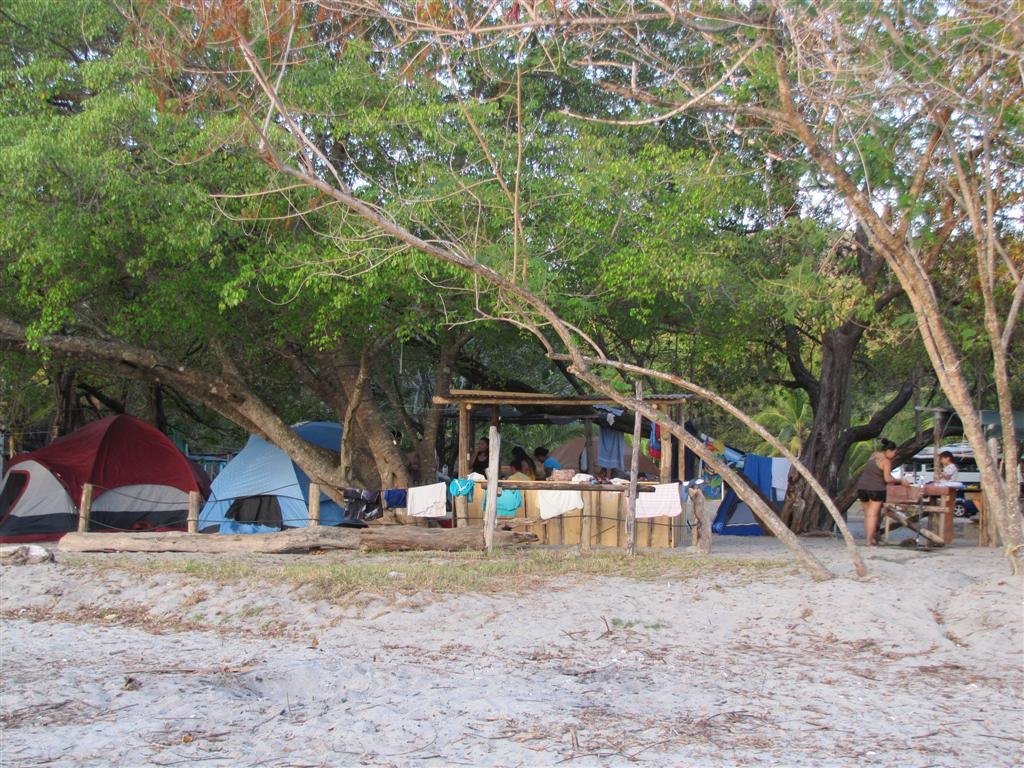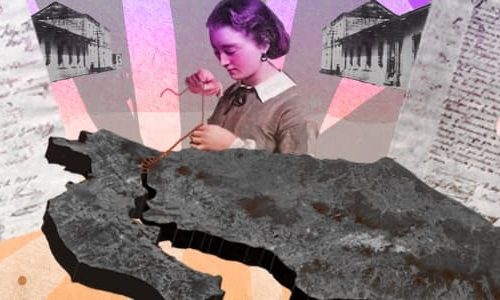
Nicoya continues to lack a regulatory plan, making it difficult to organize land, economic activity and productive areas in the canton. The regulatory plan presented by two Spanish companies in 2012, which cost the municipality about$90,000, was rejected for having information copied and pasted from other regulatory plans. The plans also contained technical environmental problems.
Regulatory plans establish what can or can’t be done in each zone of the canton. In 2012, the Spanish companies Informes y Proectos Sociedad Anonima (INYPSA) and Estudios, Proyectos y Planificacion S.A. (EPYPSA) were contracted to create regulatory plans for the entire country, including the canton of Nicoya, but several members of the Nicoyan community, among them the Civil Society Commission (Comision de la Sociedad Civil), municipal officials and finally the National Technical Environmental Secretary (SETENA – Secretaria Tecnica Nacional Ambiental), rejected the proposed plan.
Their work was part of a regulatory plan project for the cantons of Guanacaste and Puntarenas that was promoted by the regularization program of the national registry and land survey, known as BID-Catastro. The project was funded by $65 million from the Inter-American Development Bank (BID- Banco Interamericano de Desarrollo) as well as a match of $27 million from the Costa Rican government. The price tag included drawing up 26 regulatory plans, one of which was the Strategic Regional Plan for Territorial Organization (PEROT – Plan Estrategico Regional de Ordenamiento Territorial) for Guanacaste.
INYPSA was the company in charge of developing all of the urban regulatory plans, while EPYPSA directed the creation of coastal regulatory plans.
However, currently only the municipality of Carrillo has SETENA’s approval to develop the Maritime Land Zone regulatory plan for the canton.
After thoroughly evaluating the documents presented by INYPSA and EPYPSA in Nicoya, as well as the rest of Guanacaste’s cantons, the Civil Society Commission determined that their contents mainly consisted of copied and pasted data, as they contained information that didn’t correspond with Nicoya’s canton.
Elizabeth Fernandez, chief of the environmental department at the Municipality of Nicoya and director of the Regulatory Plan Commission, indicated that the proposed urban regulatory plan didn’t include vulnerable environmental areas. In addition, there were more than 40 points that did not coincide with the canton’s geographic reality. “There were parts shown with forest that, in reality, don’t have it,” affirmed Fernandez.
For his part, Juan Carlos Oviedo, chief of the Maritime Land Zone (ZMT – Zona Maritimo Terrestre) for the municipality and former director of the Regulatory Plan Commission, stated that the Spanish companies did not include the municipality in their study. “INYPSA left us until last [for the development of the plan] and the municipalities were just observers of the process.”
In summary, after the millions invested in them, the regulatory plans were rejected for being incomplete or, in many cases, for containing information that didn’t match the cantons’ reality.
Little Information Available for Cantons
SETENA rejected the Indices of Environmental Fragility (IFAS – Indices de Fragilidad Ambiental) presented by INYPSA and EPYPSA, due to the fact that the companies failed to present all of the environmental variables established by the regulation. Olman Rojas, coordinator for the Regulatory Plan Executive Unit for the country, explained that one of the most significant problems that prohibited the approval of the IFAS by SETENA was the cantons’ lack of technical anthropological, hydrological and vulcanological studies, among others. Rojas believes that it would be difficult to sue INYPSA and EPYPSA for the funds already spent or the lack of regulatory plans, as the companies presented the studies using the information available from each canton.
The Voice of Guanacaste tried to reach INYPSA for their comments, but it was impossible to find contact information for their offices in the country. In EPYPSA’s case, The Voice was told that Andrea Meza, the company’s representative, could not comment on the topic because she had a full schedule.
Coastal Micro Plans as “Plan B”
Regarding the issue, Mayor Marco Jimenez commented that he believes regulatory plans have always been used to the detriment of those with the least and in favor of large corporations. He is in favor of creating small regulatory plans in the least-developed areas of Nicoya’s coast, such as Buenva Vista and Garza in Samara.
Along the same lines, Juan Carlos Oviedo, said that the municipality lacks the economic resources and the number of employees needed to complete just one regulatory plan but that it can collaborate with other institutions such as INVU, MAG and SETENA to develop micro-regulatory plans for the coast.
“The logical thing would be the coastal micro-regulatory plans, as they are smaller and involve quicker processes,” said Oviedo.
Likewise, Elizabeth Fernandez supports the mini regulatory plan initiative. “The best way would be to have isolated regulatory plans as a plan B; it’s better than nothing,” she affirmed.
Municipality Completes Inventory in Samara
Regarding the coastal organization process in Samara, Oviedo reported that the Municipality completed a tour of several lots of Matapalo de Samara to understand the legal situation of the properties.
Oviedo indicated that an inventory of more than 100 properties in Samara was completed during the first few months of this year, with the goal of understanding whether landowners have the correct permits for their properties. He also said that the results of the inventory will be useful in future regulatory planning.







Comments